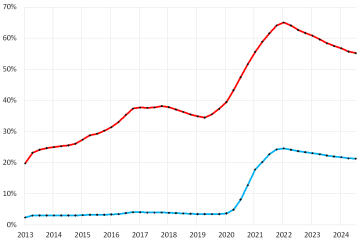Everything You Need to Know About the State Pension in the UK
Introduction
The state pension is a crucial financial support system for retirees in the United Kingdom, designed to provide individuals with a basic income once they reach state pension age. Understanding the workings of the state pension, including how it is calculated and the recent changes impacting it, is essential for anyone nearing retirement or planning their financial future. As the UK population ages and life expectancy increases, awareness of the state pension becomes increasingly relevant.
Changes to the State Pension
Recent years have seen significant changes to the state pension scheme. In April 2016, the UK government introduced a new state pension system that aimed to simplify and strengthen the pension framework. Under the new rules, individuals reaching retirement age now qualify for a flat-rate pension, which is currently £203.85 per week as of April 2023. This marks a notable increase from the previous basic state pension, which was less straightforward.
The new system has also eliminated the ‘contracting out’ option, which allowed employees to opt out of the additional state pension. This change is significant, as it has implications for how future pensions are calculated for many individuals. The introduction of the new state pension reflects a shift toward a more straightforward, equitable approach to retirement funding.
Importance of National Insurance Contributions
Eligibility for the state pension is primarily linked to National Insurance contributions. To qualify for the full state pension, individuals must have made at least 35 qualifying years of contributions. Those with fewer years may receive a reduced amount. For many, this underscores the importance of consistent employment and making National Insurance contributions throughout their careers.
Future Projections and Considerations
Looking ahead, various factors will influence the state pension landscape. The ongoing debates surrounding the state pension age, which could rise further due to increasing life expectancy, have garnered public attention. The government is currently reviewing the state pension age and potential adjustments may be implemented in the coming years.
Additionally, the impact of inflation on pensions is an area of concern for future retirees. As living costs continue to rise, maintaining the purchasing power of the state pension will be vital. Current formulas for increasing pensions in line with inflation may come under scrutiny, leading to potential changes in legislation.
Conclusion
The state pension remains a fundamental component of retirement planning in the UK. With ongoing changes and considerations, both current and future retirees must stay informed about their entitlements and the factors influencing their financial stability in retirement. Being proactive and understanding the implications of the state pension can help individuals make informed decisions about their future financial health.









